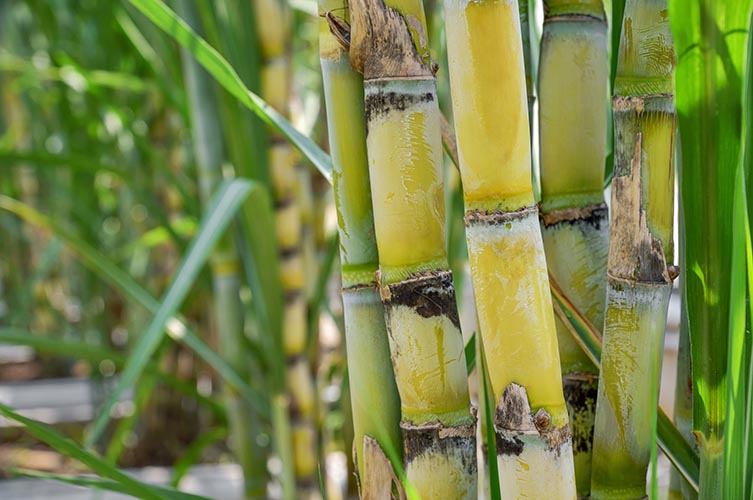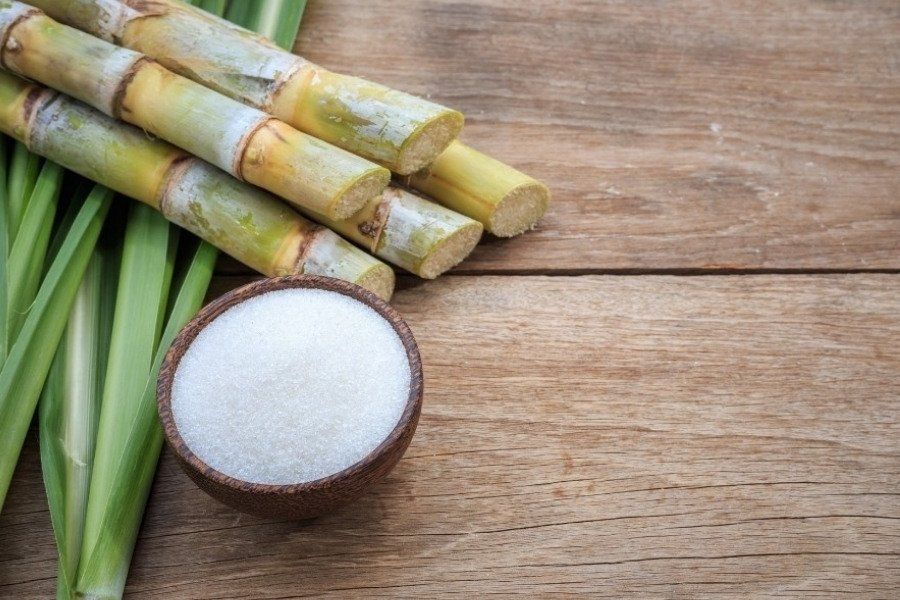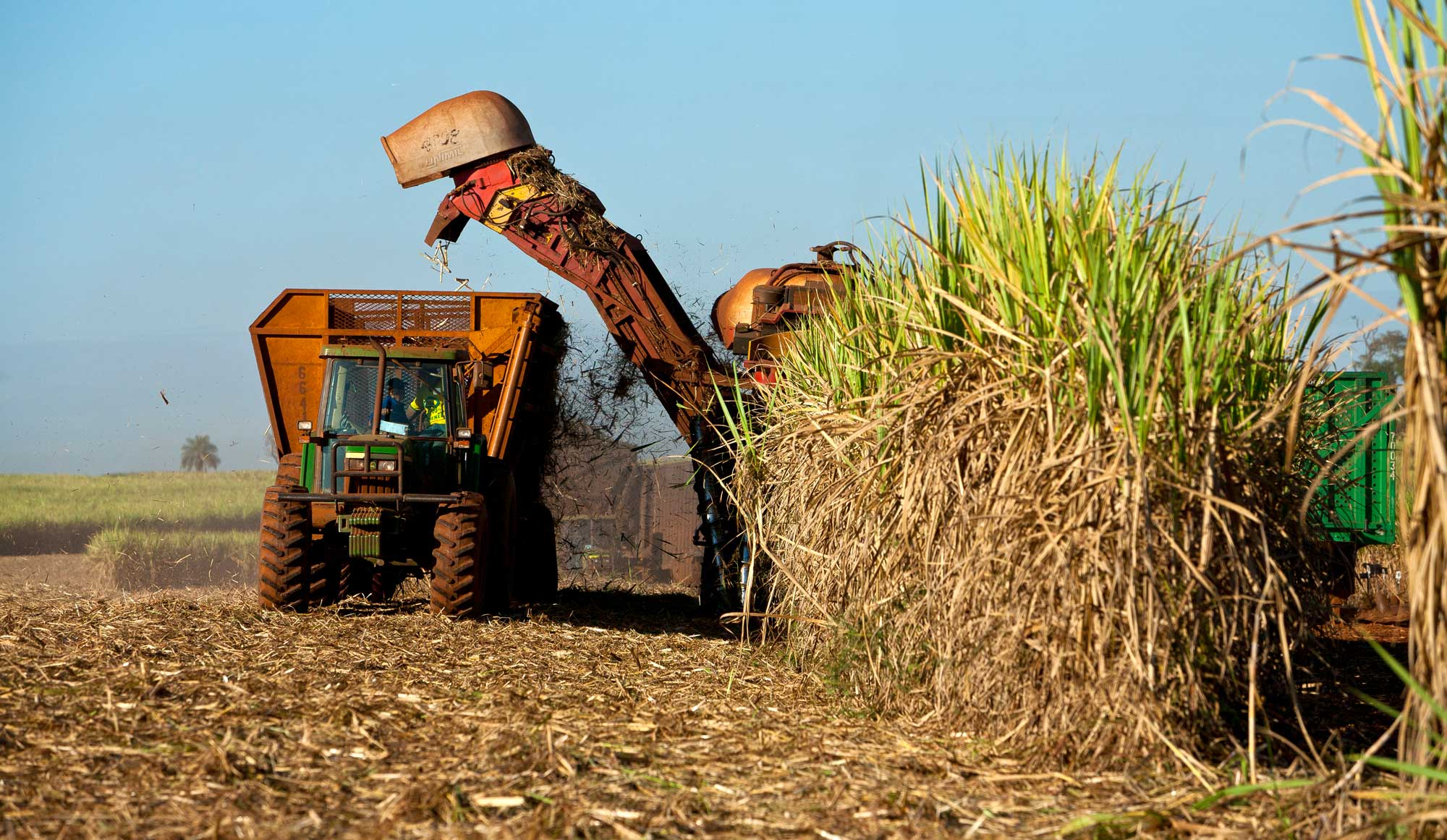Introducing the Importance of Sugar Canes: What Are Sugar Canes Made Use Of For in the Walking Stick Sugar Sector?
Sugar walking canes act as the foundation of the walking stick sugar industry, largely supplying the raw material needed for sugar manufacturing. Their capacity to convert sunlight into sucrose through photosynthesis is critical. Past their sweetening residential or commercial properties, sugar walking canes discover utility in different cooking applications and arising sectors. The full level of their effect prolongs beyond the cooking area. This discussion will explore the diverse functions of sugar walking sticks in both market and economy.
The Function of Sugar Canes in Sugar Production
Sugar canes work as the fundamental resources in the walking stick sugar sector, playing an essential duty in the manufacturing process. These high, seasonal turfs prosper in tropical and subtropical climates, where they absorb sunlight and nutrients to generate sucrose. The harvesting of sugar walking canes normally takes place when the plants reach maturation, optimizing their sugar content.Once collected, the walking sticks undertake squashing to extract the juice, which contains dissolved sugars. This juice is after that cleared up and concentrated via dissipation, changing it into a syrup. Consequently, formation takes place, enabling the splitting up of sugar crystals from the remaining syrup.The extracted sugar goes through more refining to achieve the wanted purity and quality - What Are Sugar Canes Used For. As a result, the entire procedure highlights the crucial payment of sugar walking sticks to sugar manufacturing, underscoring their significance as both a basic material and a stimulant in the production of walking cane sugar

Diverse Applications in Food and Beverage Industry
In the food and beverage market, sugar walking cane serves numerous necessary features. It acts not only as a main sugar in numerous items but likewise as a flavoring representative that boosts preference profiles. Additionally, its components play a considerable duty in fermentation and distillation processes, adding to the manufacturing of alcohols.
Sweetener in Products

The convenience of walking cane sugar as a sugar makes it a staple in a large selection of food and drink products. Extensively used in baked goods, it enhances the taste and structure of cakes, cookies, and pastries by providing dampness and promoting browning throughout baking. In drinks, walking cane sugar is a popular option for sweetening soft drinks, juices, and teas, allowing for a balanced taste account. In addition, it serves as an essential component in dressings, sauces, and sauces, adding to an unified blend of flavors. Cane sugar's capability to dissolve swiftly and its regular sweet taste profile additionally solidify its duty as a favored sugar - What Are Sugar Canes Used For. Overall, its diverse applications underscore the essential function of walking stick sugar in the cooking landscape
Flavoring Representative Use
Using walking stick sugar as a flavoring agent expands past its role as a plain sweetener, enhancing a range of cooking creations. In the food and drink industry, it enhances taste accounts by stabilizing level of acidity and anger, making it an important element in dressings, sauces, and sauces. Furthermore, cane sugar contributes to the general mouthfeel, giving an enjoyable structure in baked goods and confections. Its caramelization during cooking includes deepness to both wonderful and tasty meals, while also acting as a chemical in jams and jellies. Moreover, in beverages, cane sugar is employed to magnify tastes in mixed drinks and sodas, ensuring an extra pleasurable alcohol consumption experience. This adaptability highlights its value in diverse culinary applications.
Fermentation and Purification
Walking stick sugar plays a substantial role in fermentation and purification procedures, which are essential in creating a variety of alcohols and food. During fermentation, yeast converts sugars into alcohol and carbon dioxide, an essential action in crafting drinks like rum and vodka. Purification further cleanses these alcoholic mixes, concentrating flavors and enhancing alcohol material. Past beverages, walking cane sugar is also essential in producing vinegar and certain preservative via fermentation. The flexibility of walking stick sugar enhances the taste profiles and high quality of these items, making it indispensable in the food and drink market. Its payment not just supports standard methods yet also fosters innovation in crafting brand-new tastes and experiences for customers.
Sugar Canes in Biofuel Production
As passion in renewable resource sources expands, sugar walking sticks are significantly acknowledged for their possibility in biofuel production. The biomass originated from sugar walking canes can be changed into ethanol, a lasting gas alternative that lowers greenhouse gas exhausts compared to nonrenewable fuel sources. This procedure typically involves fermenting the sugar extracted from the walking stick, which is after that distilled to generate high-purity ethanol appropriate for use in vehicles.Additionally, sugar cane bagasse, the coarse residue left after juice extraction, can be utilized as a feedstock for bioenergy. It can be melted to produce vapor and power, adding to power self-sufficiency in sugar mills. Countries such as Brazil have actually efficiently look at here integrated sugar walking stick biofuel into their power plans, resulting in lowered dependence on imported fuels - What Are Sugar Canes Used For. Generally, sugar walking sticks stand for an appealing method for biofuel production, lining up agricultural experiment environmental sustainability objectives
Industrial Uses of Sugar Canes
While frequently recognized largely for sugar manufacturing, sugar canes additionally have diverse commercial applications that prolong well past the food industry. The fibrous results of sugar walking stick, referred to as bagasse, function as a useful source in various markets. Bagasse is frequently made use of as a biofuel, creating energy in sugar mills and various other centers. Furthermore, it can be refined right into paper, cardboard, and naturally degradable products, promoting lasting practices.In enhancement, sugar canes add to the manufacturing of molasses, a by-product made use of in the fermentation procedure for creating alcohol and yeast. This convenience makes sugar walking sticks integral to the drink and pharmaceutical sectors. Sugar walking stick essences are used in the cosmetics industry, giving all-natural components for skin care and elegance items. In general, the industrial uses sugar canes highlight their importance past sugar, showcasing their function in advertising sustainability and supporting different industries.
Economic Impact of Sugar Cane Growing
The financial impact of sugar cane farming is significant, mostly via job development and export income generation. This market not just offers job opportunity in country locations but additionally adds substantially to nationwide economic climates by means of exports. Recognizing these elements highlights the vital role sugar walking stick plays in both regional and worldwide markets.
Job Production Opportunities
Typically ignored, the sugar walking cane sector plays a crucial role in work development, considerably affecting regional economies. The farming, harvesting, and handling of sugar walking stick produce numerous employment possibility, from area workers to factory personnel. In several areas, these jobs offer source of incomes for thousands of family members, adding to community security and development. In addition, secondary industries such as transport, tools production, and retail gain from the sugar cane sector, more broadening work alternatives. Seasonal work throughout planting and harvest times also supports momentary settings, enabling employees to make earnings in otherwise lean periods. Generally, the sugar cane industry works as a vital financial engine, fostering work creation and improving the quality of life for lots of individuals and areas.
Export Income Generation

Sustainable Practices in Sugar Cane Farming
While conventional sugar walking cane farming methods have commonly resulted in environmental deterioration, a growing variety of farmers are adopting sustainable approaches that prioritize eco-friendly equilibrium. These techniques include crop rotation, which boosts soil fertility and decreases parasite break outs, and using natural fertilizers to find minimize chemical overflow. Additionally, some farmers are carrying out incorporated pest administration approaches, which focus on using natural predators and biopesticides instead of hazardous chemicals.Water conservation strategies, such as drip irrigation, are likewise gaining traction, permitting for reliable water use while maintaining plant health. Moreover, many farmers are purchasing sustainable power sources, such as biomass from sugar walking stick waste, to power procedures and minimize their carbon footprint. These sustainable practices not just safeguard communities yet also enhance the long-term practicality of sugar walking cane farming, making sure that it can remain to meet worldwide sugar needs while minimizing environmental impact.
Often Asked Concerns
How Are Sugar Canes Harvested and Processed?
Sugar walking canes are harvested making use of manual methods or mechanical cutters, then moved to factories. There, they undergo washing, crushing, and removal procedures to acquire juice, which is after that cleared up, vaporized, and helpful resources taken shape right into sugar.
What Is the Nutritional Value of Sugar Walking Cane?
The nutritional worth of sugar walking cane includes carbohydrates, mostly in the kind of sucrose, together with trace amounts of vitamins and minerals like calcium and potassium. Nonetheless, it is low in healthy protein and fat web content in general.
Can Sugar Cane Be Expanded in Non-Tropical Areas?
Sugar walking stick can be expanded in non-tropical areas, yet it requires particular problems such as adequate heat, dampness, and suitable soil. Adjustment and cultivation techniques are vital for effective growth outside traditional exotic climates.

What Conditions and pests Influence Sugar Walking Stick Crops?
Pests and illness significantly influence sugar cane plants. Typical dangers consist of the sugarcane borer, red rot, and mosaic virus, which can minimize return and quality, demanding reliable monitoring practices to safeguard these crucial agricultural resources.
Just How Does Sugar Cane Farming Impact Citizen Communities?
Sugar walking cane farming significantly influences regional areas by providing employment possibility, promoting economic development, and supporting regional companies. However, it can likewise lead to environmental issues and social difficulties, influencing area wellness and sustainability. Sugar canes offer as the cornerstone of the cane sugar market, primarily providing the raw product required for sugar manufacturing. Sugar canes offer as the foundational raw material in the cane sugar industry, playing a crucial duty in the manufacturing procedure. The harvesting of sugar canes normally happens when the plants get to maturity, maximizing their sugar content.Once gathered, the canes undergo crushing to remove the juice, which has liquified sugars. While frequently recognized mainly for sugar manufacturing, sugar walking sticks likewise have diverse industrial applications that extend well beyond the food field. As worldwide need for sugar proceeds to climb, countries rich in sugar walking stick sources exploit on this possibility, exporting raw sugar and fine-tuned products to worldwide markets.